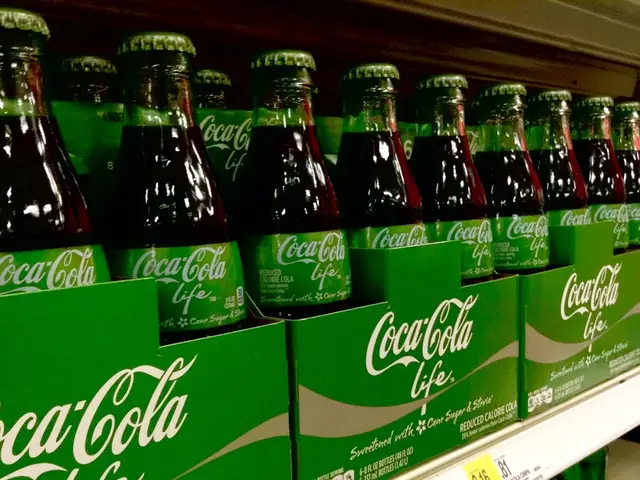Max Planck Institute Unveils Game-Changing Nickel Extraction Process
Scientists at the Max Planck Institute for Sustainable Materials have developed a groundbreaking process to extract nickel. This new method, published in Nature, reduces CO2 emissions by 84% and is 18% more energy-efficient when using renewable energy.
The innovative process uses hydrogen plasma to extract nickel from low-grade ores in a single step. This not only expands the range of usable ores, which make up around 60% of the world's reserves, but also significantly reduces carbon emissions. The resulting ferronickel can be directly used in stainless steel production or, after further processing, for battery materials and high-performance magnets.
The team, led by Ubaid Manzoor and Isnaldi Souza Filho, has already considered the next steps for industrial application. They plan to scale up the process using established methods like arc furnaces with high currents, electromagnetic stirring systems, and gas pulses. Even the slag produced during the reduction process can be recycled, for example, for cement or bricks in the construction industry.
The demand for nickel is expected to double by 2040, and conventional production emits around 20 tons of carbon dioxide per ton of nickel. This new process offers a promising solution, benefiting both the economy and the environment. Moreover, the process is transferable to other metals like cobalt, which plays a crucial role in electromobility and energy storage.
Read also:
- MRI Scans in Epilepsy Diagnosis: Function and Revealed Findings
- Hematology specialist and anemia treatment: The role of a hematologist in managing anemia conditions
- Enhancing the framework or setup for efficient operation and growth
- Hydroelectric Power Generation Industry Forecasted to Expand to USD 413.3 Billion by 2034, Projected Growth Rate of 5.8% Compound Annual Growth Rate (CAGR)








